Without further ado, here are the 23 interesting facts about the Eiffel Tower you might not know. We'll start by dispelling a common misconception, who built the Eiffel Tower?
1. Who built the Eiffel Tower?
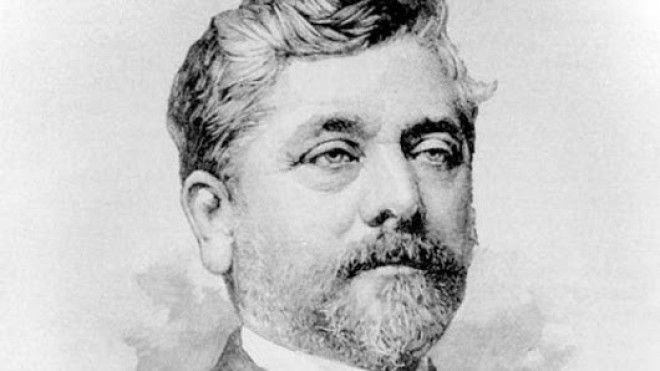
The Eiffel Tower, as the name might suggest, was designed and built by Gustave Eiffel's engineering company, Compagnie des Établissements Eiffel. Contrary to popular belief Eiffel himself has very little to do with the tower's design and actual construction.
The tower was designed by two of Eiffel's senior engineers Maurice Koechlin and Émile Nouguier. The tower's design came about after a discussion about a suitable centerpiece for the 1889 Paris Exposition.
This exposition was to celebrate the 100th anniversary of the French Revolution. Eiffel would later acknowledge that the tower's design was inspired by the Latting Observatory built in New York City, 1853.
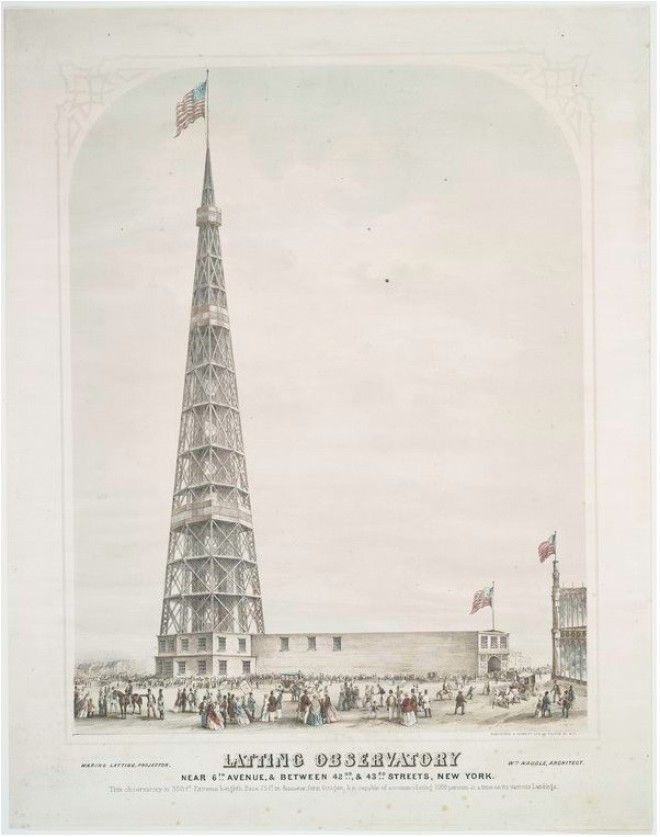
2. It was supposed to be temporary
The Eiffel Tower was originally constructed for the 1889 Paris Exposition. It was specifically intended as the grand entrance to the Exposition and was not meant to be a permanent feature of the Parisian skyline.
After its official inauguration in March of 1889, the tower was supposed to stand for 20 years and be dismantled in 1909. This was the total time limit awarded to Eiffel for his permit to build it.
Once ownership reverted to the City of Paris the original plan was to dismantle it. In fact, part of the original competition rules was for the winning structure to be easily dismantled. But as it provided a great radio antenna it was allowed to remain standing after the permit's expiration.

3. The Eiffel Tower is very popular
In 2015, The Eiffel Tower was the world's most popular paid monument. According to statistics around 6.91 million tourists visited the famous tower that year.
It is estimated that around 250 million people have visited the Eiffel Tower since it officially opened in 1889. It is also estimated that around 25,000 visitors ascend the tower each and every day.
This volume of tourists inevitably results in long queues. You can buy tickets online to avoid long waiting times of course.

4. The last laugh
In June of 1940, the Nazi war machine triumphantly entered the streets of Paris to begin their rule over the city with an iron fist. But before the tanks and soldiers arrived almost 2 million Parisians managed to flee. Those who remained were to begin their long period of underground resistance with one small, but significant act of defiance.
The cables to the lift of the Eiffel Tower were severed so that Hitler would need to climb the steps to reach the top of the tower. But the embarrassment for the Nazi's wouldn't end there. German soldiers also had to climb the tower to hoist a swastika over it. This was very large and blew away only hours later. This was later replaced by a much smaller one. The Tower would remain closed during the Occupation and the lift was finally repaired in 1946.

5. A con artist once sold it
The Eiffel Tower was actually once "sold" by a con artist to a scrap metal dealer. The con man in question was one Victor Lustig and his actions would forever label him as "the man who sold the Eiffel Tower".
He originally hit on the idea for the con when reading an article about the dilapidation of the Eiffel Tower in 1925. At this time maintenance for the tower had become very expensive and nuisance for the city.
Seeing an opportunity he forged some official credentials, met some scrap dealers and tricked them out of a large sum of money. He even managed to do it a second time before fleeing to the U.S. to avoid arrest.

6. It was meant for Spain, not France
The Eiffel Tower was originally intended to be built in Barcelona, not Paris. The tower's design was rejected by the Spanish much to the great gain of the French.
Of course, in hindsight, this has proved a very costly mistake for the Spanish. It would be interesting indeed to see Barcelona as the home for this now iconic monument.
The Eiffel Tower is estimated to be worth around 400 Billion Euros. Apparently, this is around six times that of the Colosseum in Rome and more than the Tower of London.

7. The tower grows in the summer
Did you know that the Eiffel Tower actually varies in height by around 15 cmthroughout the year depending on the temperature?
This should probably come as no surprise considering the tower is made up almost entirely of metal. So as the average temperature fluctuates throughout the year so too does the height of the tower as the metal expands and contracts.
Not just that but the top of the tower might also shift away from the sun by as much as 18 cm due to thermal expansion on the side facing it.

8. The Tower has claimed a few lives
Inventor Franz Reichelt killed himself when trying to test his design for a parachute. He was an Austrian-born tailer who lived in France during the turn of the century.
During the 1890's and 1900's the age of aviation had begun with hot air balloons and airships becoming ever more popular. Franz like many other budding inventors got caught up in the hysteria surrounding this exciting field of developing the technology.
By around 1910 there was a growing concern about safety for air travel with many looking to increase the survivability of pilots and passengers alike. Functional fixed-canopy parachute already existed by this time with other examples that were proven to work from high altitude.
What was needed was a design for low altitude. Colonel Lalance of the Aero-Club de France offered a 10,000 Franc reward for anyone who could develop a parachute that weighed less than 25 kgs.
Reichelt thought he'd nailed it with his design and decided to test it from one of the world's most iconic monuments...
9. It's a long way to the top
If, like the Nazi's in WW2, Parisians decide to cut the cables to the lift it's a pretty long walk up the tower.
In total there are around 1,665 steps that need to be climbed to get to the very top of the Eiffel Tower. But this official figure will only get you from the ground floor to the third level.
You are only officially allowed to climb the Eiffel Tower by foot up to the second floor. Ascending the staircase to the first floor takes around half an hour, depending on your age and level of fitness of course. Of course, you might just find yourself getting distracted by the views or the majesty of the tower itself.

10. The Eiffel Tower is taken
So boys and girls the Eiffel Tower is not on the market. This might sound like an obvious thing to say, after all its a tower of metal, but this didn't stop one Erika La Tour from starting a relationship with it. She even married the tower in 2007.
She is a self-described "objectum sexual" and one whose heart has been stolen by the famous Parisian landmark.
The Eiffel Tower is not her first romantic attachment to an object, however. She had previously fallen in love with Lance (which was actually a bow) with which she actually became an archery champion.
11. The Eiffel tower has a lot of lights
To anyone who has seen the tower by night they can attest to how impressive it looks lit up. But have you ever wondered just how many light bulbs it takes to light up the tower? According to official statistics the Eiffel Tower uses around 20,000 light bulbs.
It is also illegal to publish any photographs of the Tower when it is lit up at night. This is because, according to EU Copyright Law, the lighting design is a work of art in and of itself. Thus anyone who publishes photo will need to seek the permission of the Société Nouvelle d’Exploitation de la Tour Eiffel. Of course, this is likely to be very difficult to actually enforce.

12. Its paint alone weighs many elephants
The elephant, as everyone knows, is the only global standard for measuring the weight of paint. So how many elephants worth of paint are there on the Eiffel Tower?
You might be surprised to hear that all the paint on the tower weighs in at around 10 elephants. The paintwork also needs to be reapplied regularly in order to keep in good condition and stave off oxidation of the metal structure.
The entire tower has been re-painted about 18 times over the tower's lifetime that's an average of once every 7 years, or so. It has also changed color several times over this period from red-brown to the bronze it is today,
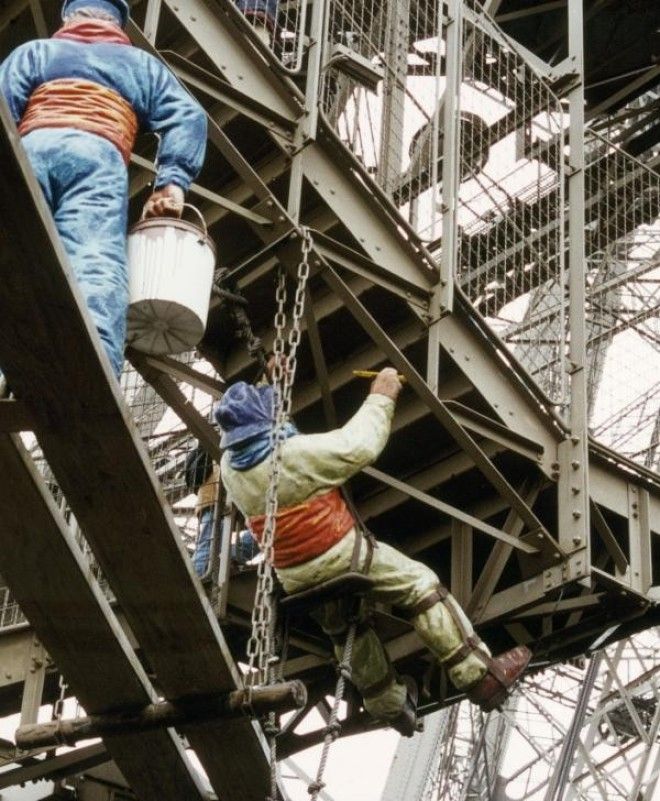
13. Gustave's penthouse is at the top
Gustave Eiffel had his own private apartment at the top of the tower. During its design, Eiffel demanded that he have a small living space for himself at the top. This can now be visited by the members of the public but during his lifetime no one else would've been allowed to see it.
Interestingly during his lifetime Gustave was constantly offered small fortunes to rent out the private space for a single night. He constantly refused but would entertain guests of his own choosing from time to time. A notable guest being one Thomas Edison.

14. London tried and failed to copy it
Whilst many celebrated the opening of the tower in 1889 others envied Eiffel's work and vowed to outdo him as quickly as possible. And so it was in 1891 that a railway entrepreneur, Edward Watkin, decided to build a similar structure to surpass it in height in London.
Afterall Brittania could not be outdone by their oldest of rivals, France. The tower was marketed as the "Great Tower of London" but was also known as Watkin Tower. But the tower proved to be very unstable and was never completed.
What was built was finally demolished in 1907. The site it stood on is now occupied by Wembley Stadium.
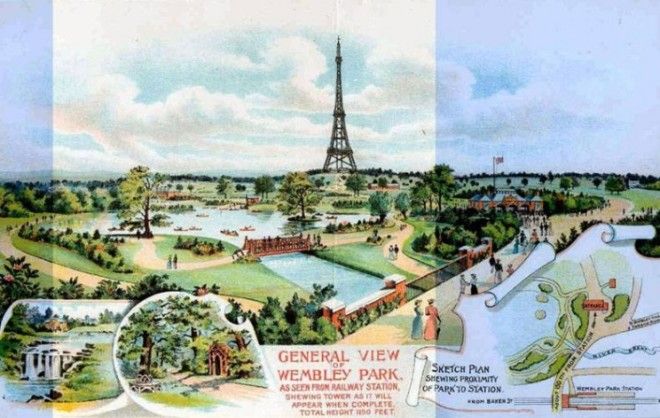
15. Resource-hungry and labor intensive
The Eiffel Tower's construction was no small feat. It took around 300 workers to assemble the 18,038 pieces of wrought iron and 2.5 million rivets. It took 2 years, 2 months and 5 days to complete the assembly which is a true testament to French engineering at the time.
Each of the 18,000 or so pieces were specifically designed and traced out to an accuracy of a tenth of a mm. All of the pieces are held in place with rivets each needing a four-man team to install. One heated it up, another held it in place, a third shaped the head and the fourth beat it with a sledgehammer.

16. You can't please everyone all the time
Here's a fun riddle for you. Where is the only place in Paris you can eat without seeing the Eiffel Tower? That's right at the Tower itself.
This might seem like a strange thing to say since it is a rather elegant structure but it has had it critics throughout the ages. Novelist Guy de Maupassant was a prime example.
He often described it as "useless and monstrous". He would often dine out at the restaurant at the tower's base so he didn't have to look at it. Each to their own as they say.

17. The tower shares its birthday with Nintendo and Hitler
When the Eiffel Tower was inaugurated in 1889 two other major things happened. This was the same year that Nintendo was founded and Adolf Hitler was born. An interesting year indeed.
Nintendo can trace its roots back to 1889 when the company produced handmade Hanafuda cards. Hanafuda cards are Japanese playing cards that made the small company a pretty profitable organization at the time.
Nintendo would later move into the toy industry in the 1960's and started developing computer comes in the 1970s', and the rest, as they say, is history.

18. Canada almost got the tower
In a secret deal between Charles de Gaulle and the Mayor of Montreal, the Eiffel Tower was almost moved to Canada in 1960. The plan was to transfer the iconic monument to Montreal for the Universal Exhibition of 1967.
Thankfully for Paris and France in general, the owners of the tower vetoed the decision and overruled de Gaules decision. The move was to be temporary of course, and the Eiffel Tower would serve, as it did almost 80 years before, as a landmark for the Exhibition.
The operating company vetoed the decision as they feared that the French government would refuse permission to restore the tower to its original location.

19. Busy lifts
Being the most visited paid-for monument in the world, the lifts to the top are busy all year round. In fact, it is estimated that the lifts travel a combined distance of 103,000 km a year. That's two and half times the circumference of the Earth.
Interestingly two of the original lifts are still in service on the Eiffel Tower. They are carefully preserved to this day.
Given their heavy duty use, the lifts of the tower are constantly checked by technicians. These chaps start them up early in the morning before the public arrives and keep them under close surveillance whenever the Tower is open to the public. Eiffel Tower elevator operators handle the smooth flow of visitors.

20. Eiffel Tower helped the Allies during WW1
During WW1 the Eiffel Tower was used to help Allied forces to jam German communications. It played a pivotal role during the 1914 Battle of Marne as a wireless telegraph transmitter.
In this role, it helped turn the tide of the battle in favor of the Allies. Over the next 5 years or so the tower would also become a communications hub for listening in on German transmissions.
It was also used to help dispatch emergency reinforcements and confuse German zeppelins that tried to hone in on its signal.
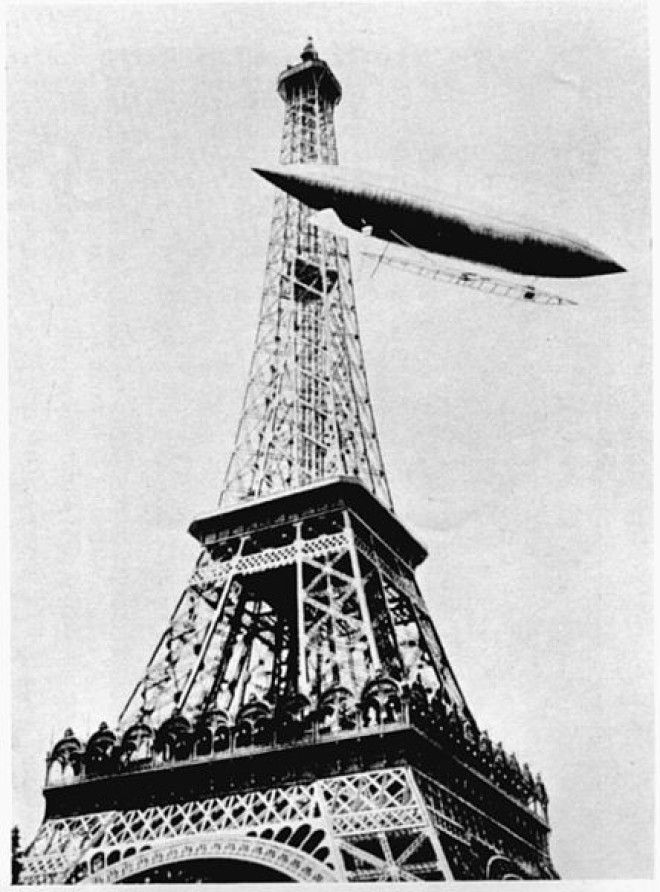
21. Hitler wanted revenge for the lifts
As funny as the act of defiance was during 1940 of cutting the lift cables, it did almost cost France the tower in the dying days of the war. As the Allies approached Paris in the Summer of 1944, Adolf Hitler actually ordered its destruction.
He ordered General Dietrich von Choltitz to raze the Eiffel Tower along with the rest of the city. Thankfully for all of us today, he disobeyed the Fuhrer, thinking, rightfully, that he had gone quite mad.
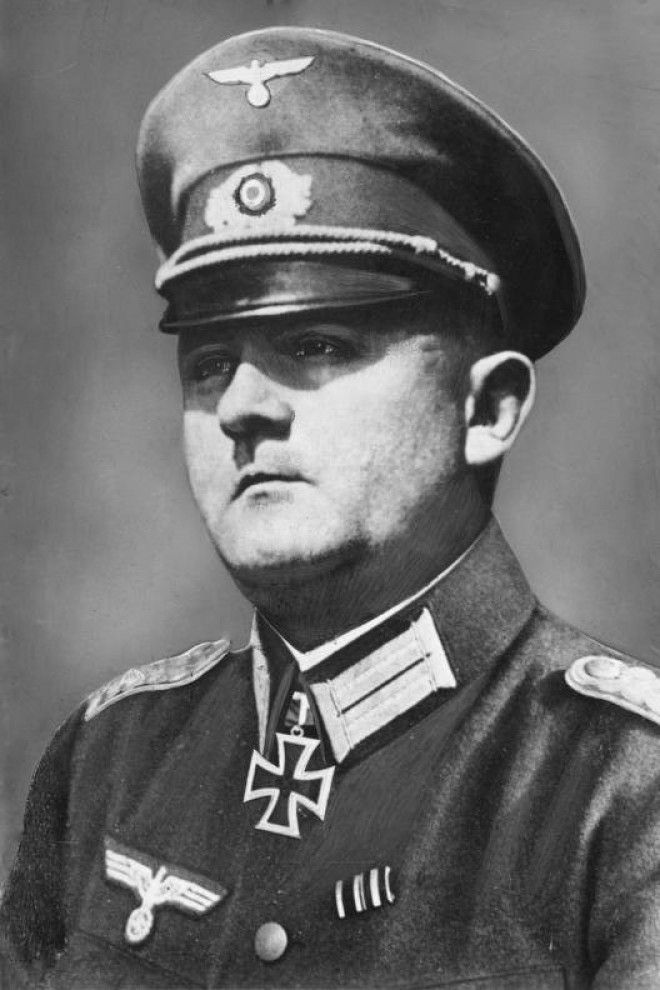
22. The sincerest form of flattery
Around the world today there are more than 30 replicas of the Eiffel Tower. From London to Las Vegas, even in Lahore, Pakistan you can find scale replicas of this iconic monument.
The half-scale model of the tower that stands at the Paris Las Vegas Hotel was originally meant to be a full-size duplicate—it just happened to be too close to the airport for comfort.
Another interesting replica can be found in Tokyo, Japan. The Tokyo Tower, as its known, is the second tallest structure in Japan. Construction began in 1957 and was finished within a year. It is easily spotted not just because of its size but also its vibrant red and white paint scheme.
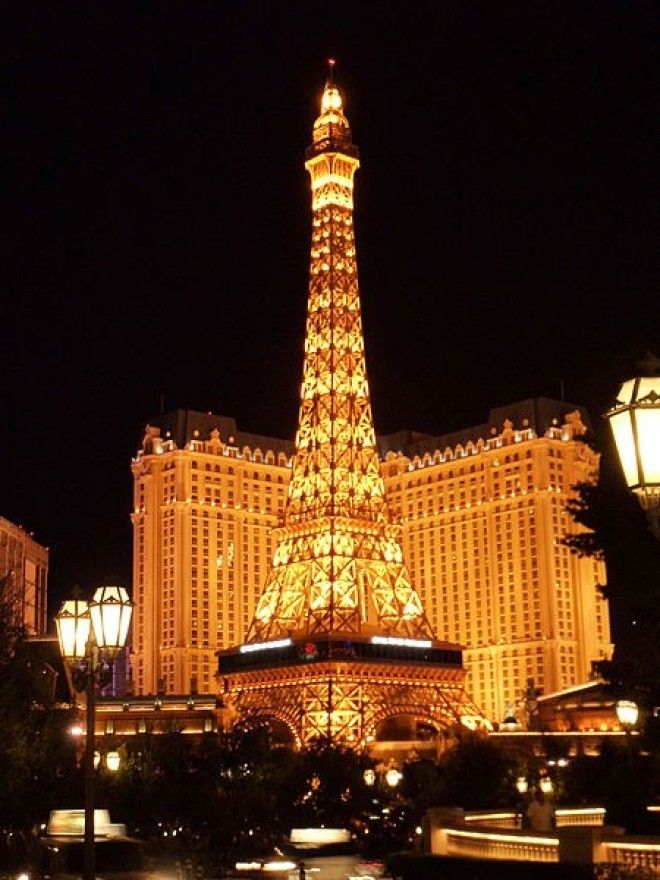
23. Only one person died during construction
Occupational hazards were, more often than not, fatal during the industrial age. Deaths on large scale-projects were a common occurrence. For this reason, Gustave Eiffel put safety as a high priority during the construction of the tower.
To this end, his company assembled wooded scaffolding around the structure during construction. They also made good use of creeper cranes that moved up the tower as construction progressed.
Other safety measures put in place included guards and screens. As a result, only one person died in the construction of the Eiffel Tower. These measures likely saved many more of the 300 crew from being killed. Quite remarkable given the times and scale of the project.
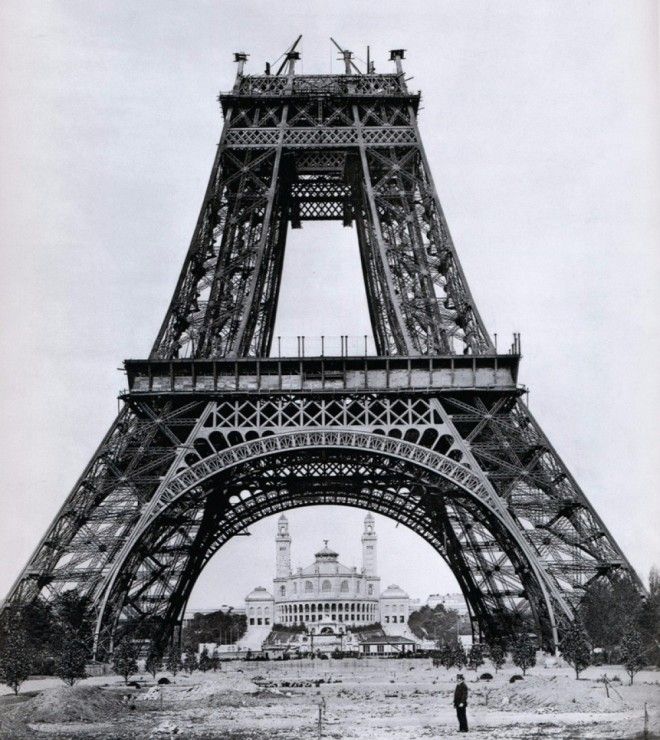
Now you'll be able to surprise your friends and family with your new found knowledge about the Eiffel Tower.

